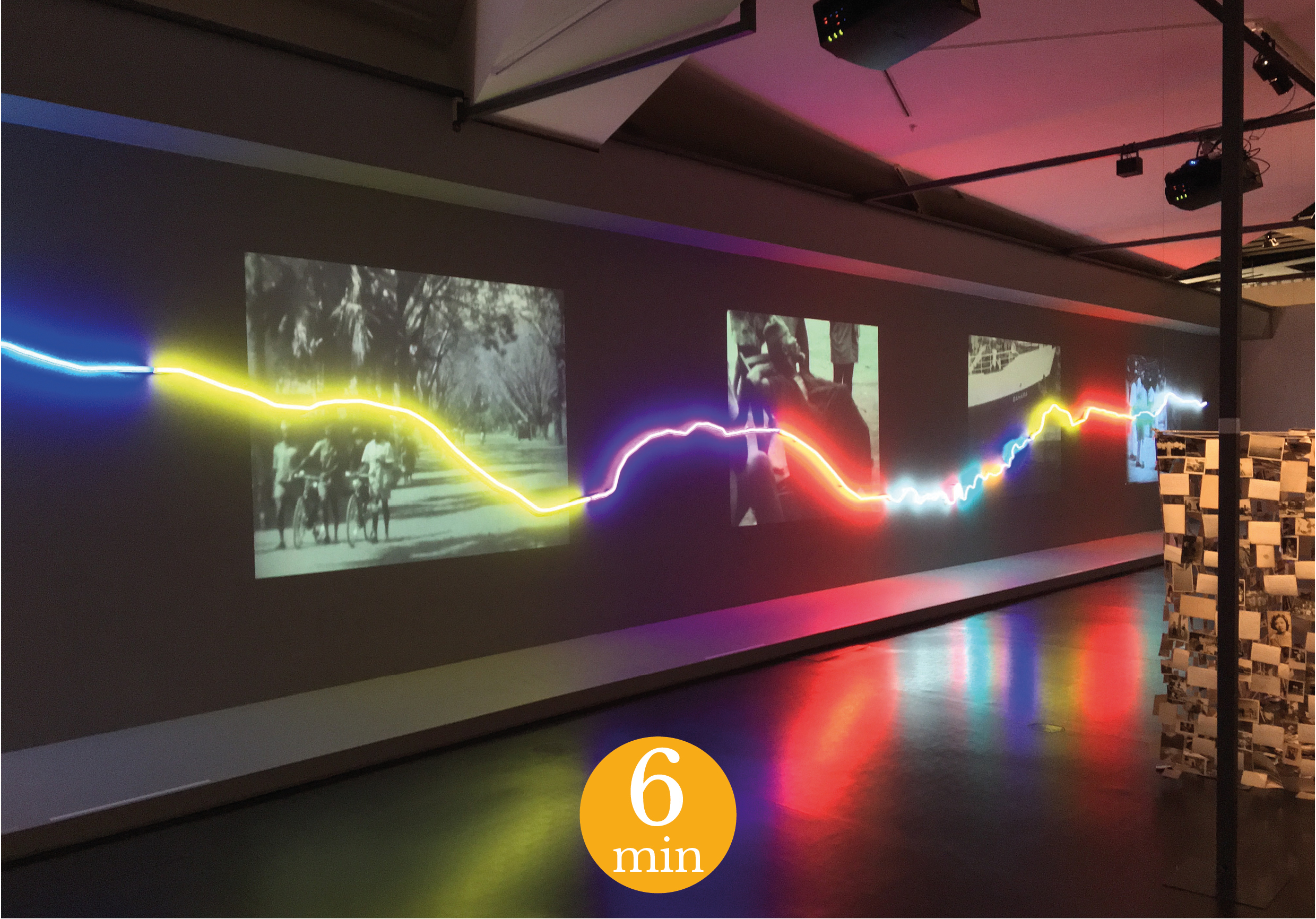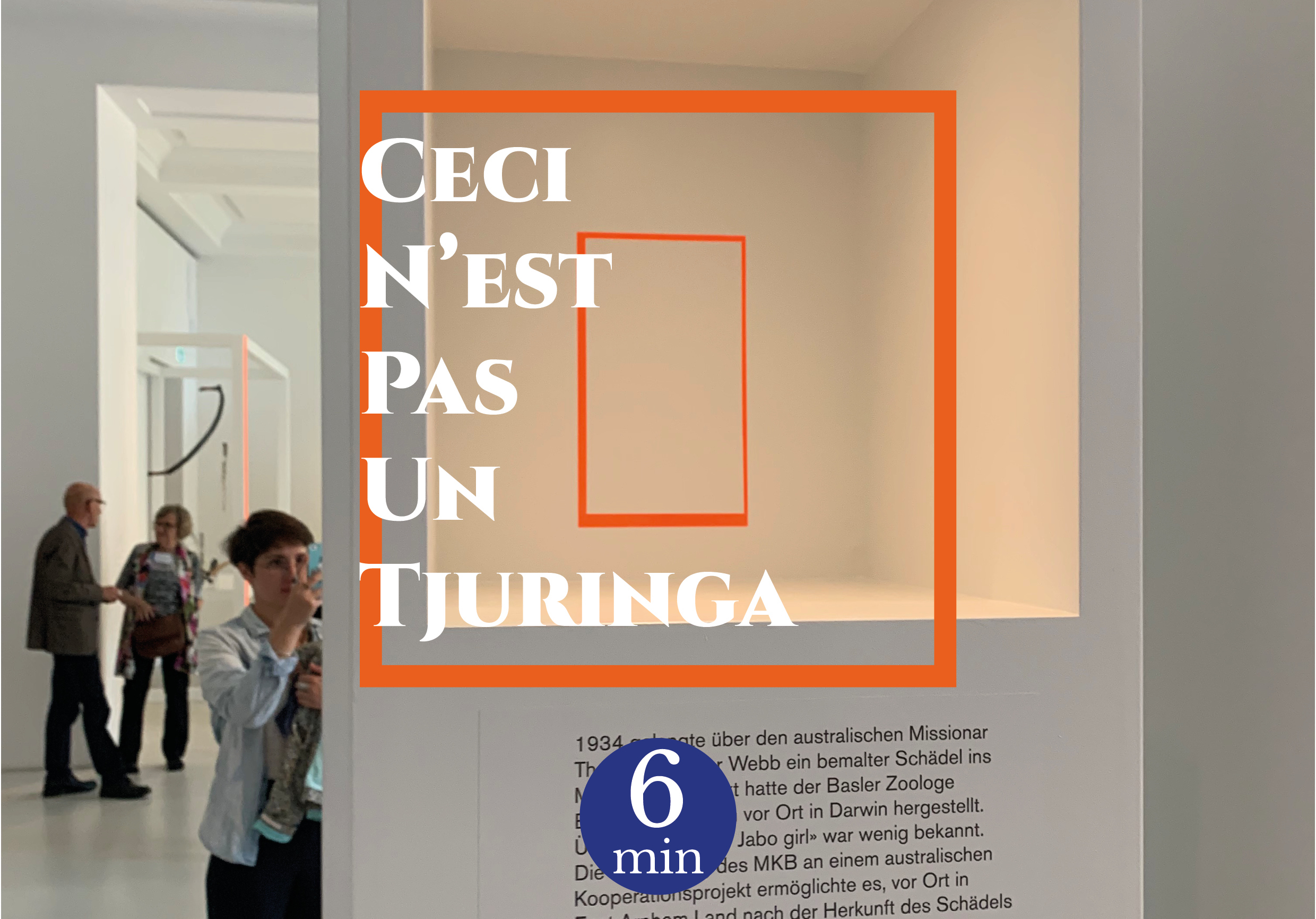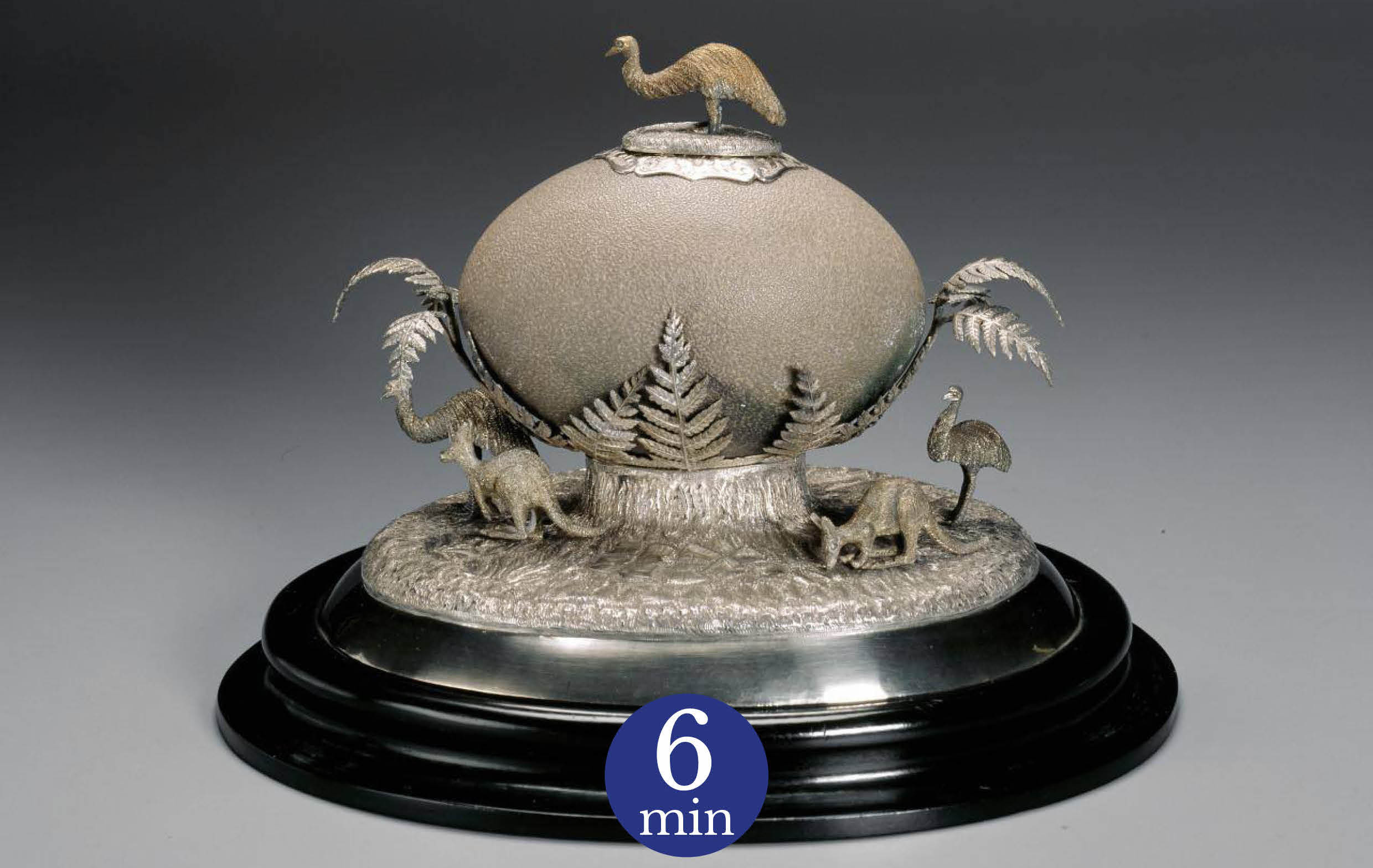Les Musées Royaux des Beaux-Arts de Belgique, à Bruxelles, présenteront jusqu’au 1st août 2021 Aboriginalities (« Aboriginalités »), une exposition essentiellement consacrée à des œuvres peintes réalisées au XXème siècle par des artistes aborigènes d’Australie. Read More

Ten Canoes <emTen Canoes: a film between historical reenactment, myths and fiction
*Switch language to french for french version of the article*
[Please note: Aboriginal and Torres Strait Islander people should be aware that this article may contain images or names of deceased persons in photographs or printed material.]
Ten Canoes (10 canoes, 150 spears and three wives) is a film about Arnhem Land and its people, made with and by them. It is a film for Indigenous people and it is also an ambassador film for Aboriginal culture and therefore also made for an audience outside this culture. It is a story of forbidden love, brotherly bonds, kidnapping, witchcraft and revenge, treated with poetry and humour. In short, this is a rich work that CASOAR really recommends! Read More
From Blandowski to Andrew: the story of an encyclopaedia
*Switch language to french for french version of the article*
Since the 1990s, an “archival turn” has been happening in contemporary art in Australia1 where artists have been engaging with archives, whether it be in museums, libraries, or archives per se. An influential artist at the forefront of this “new” movement re-reading the archive is the Wirardjuri (NSW, Australia)/Celtic ‘conceptual artist’2 Brook Andrew. Artist Brook Andrew can be regarded as an ‘archival mediator’3 who ‘remak[es and] remark[s …] anthropological or ethnographic objects’.4 It is his work The Island created in 2007-2008 after encountering Read More
From Queensland to the South Sea Evangelical Church: an evangelist mission in the Solomon Islands (Part One)
Christian missions were involved very early in the history of colonisation in the Pacific. From the end of the 18th century, the conversion of local populations was a major challenge for the Western churches. It was seen as a divine mission: to "save" the souls of the "pagans" from the clutches of false divinities. Evangelisation, which was closely associated with the colonial process, was carried out by large religious organisations, such as the London Missionary Society in Polynesia and the Catholic Church through the Congregation of the Sacred Hearts of Jesus and Mary in Mangareva, as well as by a multitude of lesser-known missions, often stemming from Protestant currents of Christianity. Among these, one church in particular has left its mark on the history of the Solomon Islands archipelago to this day: the South Sea Evangelical Mission. Read More
Le marché de l’art à l’heure du coronavirus
Depuis plusieurs mois la pandémie de Covid-19 bouleverse les habitudes, y compris dans le domaine des arts. À l’heure où se referment, deux événements majeurs de l’agenda artistique parisien : Parcours des mondes (salon d’art extra-européen et d’archéologie) et Art Paris Art Fair (foire d’art moderne et contemporain), CASOAR revient sur l’actualité d’un marché de l’art en pleine mutation.
R’Sis- L’Tié- Let-Pol : le « sauvage blanc » d’Australie
Lorsque deux hommes n’ayant pas de langue commune se rencontrent, que se disent-ils avant tout ? Leur nom. Je l’avais constaté en Islande comme dans le Pacifique. Je mis la main sur mon cœur – geste cérémonieux que j’espérai universel – et dis :
« Octave de Vallombrun. »
Il fit le même geste – là encore, une attitude en miroir de la mienne qu’il n’avait pas eue auparavant – et répéta :
« R’sis- L’tié- Let-Pol. »
S’il se présentait ainsi en insistant sur les deux premiers termes, cela pouvait-il être son nom et son prénom ? J’essayai :
« Narcisse ?
– R’sis ! »
Sa joie était visible, mais les mots se refusaient à sa mémoire et il en avait les larmes aux yeux. J’insistai donc :
« Narcisse ? C’est bien cela, mon garçon ? Tu t’appelles Narcisse ?
– R’sis », confirma-t-il en posant la main sur son cœur.
Nous restâmes alors muets, émus tous deux de ce premier contact. Je le fixai sans cesse, comme si son visage allait me révéler le secret de son existence.1
À toi appartient le regard : la photographie contemporaine s’invite au musée du quai Branly – Jacques Chirac
De la photographie contemporaine au musée du quai Branly – Jacques Chirac (MQB-JC) ? Depuis son ouverture en 2006, le musée s’est davantage spécialisé dans la conservation et l’exposition des cultures anciennes des continents africains, américains, asiatiques et océaniens. Toutefois, les créations contemporaines non-européennes intègrent également les champs de recherches et les intérêts des équipes du musée, en particulier la peinture aborigène sur toile ou monumentale1 et la photographie. Read More
Can museums exhibit everything? Are "tjuringa" a well-kept secret?
If you have the opportunity to visit the exhibition Thirst for Knowledge Meets Collecting Mania at the Museum der Kulturen in Basel,1 you will certainly be curious about the presence of an orange rectangle in one of the showcases, in which no objects are displayed. At first glance, you might think that this absence is due to a restoration problem, a loan that did not arrive in time, in short a technical problem. If you look closely, it actually says on the label that the object in question will not be on display, as it cannot be seen by everyone.
À vélo sur les pistes de l’outback australien : rencontre avec Eddie Mittelette
[Please note: Aboriginal and Torres Strait Islander people should be aware that this article may contain images or names of deceased persons in photographs or printed material.]
Cette semaine, nous partons à la rencontre d’Eddie Mittelette. Voyageur au long cours, il est l’auteur du livre Aborigènes – avec les derniers nomades d’Australie (2015)1, récit personnel richement documenté publié aux éditions Transboréal. L’auteur y narre son périple de 11 000 kilomètres à vélo sur les pistes de l’ouest australien à la rencontre des Aborigènes Martu. Un portrait affûté et saisissant de l’outback2 contemporain. Read More
Qui de l’œuf ou de l’émeu ? À la découverte de l’orfèvrerie coloniale australienne
C’est un fait bien connu, les émeus pondent des œufs d’une taille impressionnante : 13 à 14 cm de long pour environ 900g. De quoi faire une omelette avantageuse ! La passion qu’ont brièvement inspiré ces œufs à l’aristocratie australienne de la fin du XIXème siècle ne doit pourtant rien à leurs qualités culinaires.









